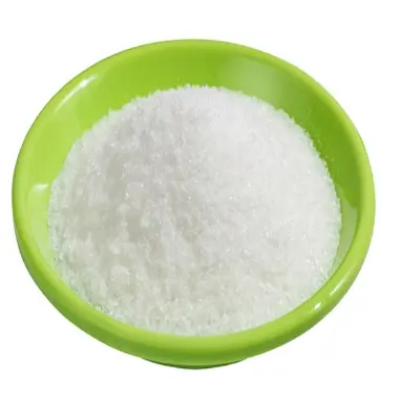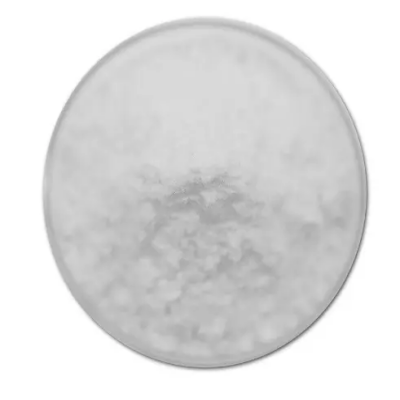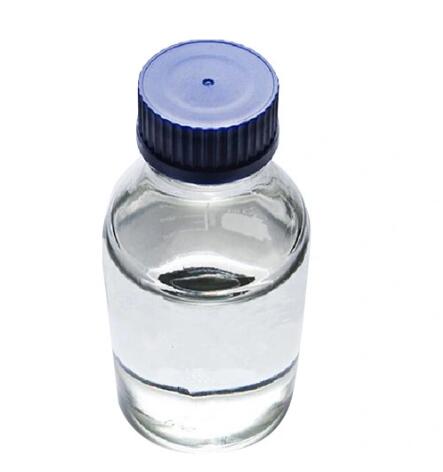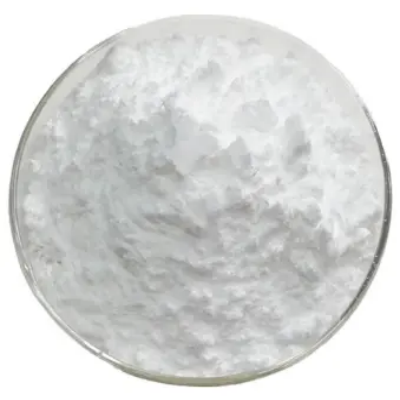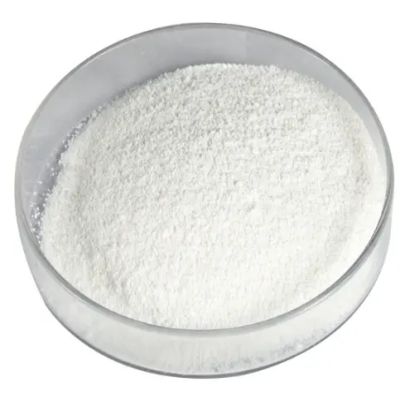Acetone thiosemicarbazone CAS:1752-30-3
Acetone thiosemicarbazone has several important applications, particularly within medicinal chemistry and pharmacology. One of its primary uses is as an intermediate in the synthesis of various bioactive compounds. Research has shown that thiosemicarbazones exhibit a range of biological activities, including antimicrobial, antifungal, and anticancer properties. As a result, acetone thiosemicarbazone serves as a valuable building block for developing novel therapeutic agents aimed at treating infectious diseases and cancer. In addition to its pharmaceutical applications, acetone thiosemicarbazone is also employed in agrochemicals. Compounds containing thiosemicarbazone moieties have been investigated for their potential use as fungicides and herbicides. These compounds can help protect crops against diseases and pests, contributing to increased agricultural productivity. The study of acetone thiosemicarbazone derivatives allows researchers to optimize these properties for effective pest management solutions in sustainable agriculture. Another significant application of acetone thiosemicarbazone lies in coordination chemistry. This compound can form complexes with transition metals, allowing it to be utilized as a ligand in various chemical reactions. Metal-thiosemicarbazone complexes have been studied for their catalytic properties and potential use in materials science. These complexes often exhibit interesting electronic and magnetic properties, making them suitable for applications in electronics and catalysis. Moreover, acetone thiosemicarbazone holds potential in analytical chemistry as well. It can act as a reagent for detecting metal ions or other analytes. Its ability to form colored complexes with certain metals allows for visual detection methods, which are advantageous in laboratory and field settings. In summary, acetone thiosemicarbazone is a versatile compound with diverse applications in medicinal chemistry, agrochemicals, coordination chemistry, and analytical methods. Its biological activity and ability to form metal complexes make it an intriguing subject for ongoing research and development across multiple disciplines, highlighting its significance in both scientific inquiry and practical applications.



| Composition | C4H8N2S |
| Assay | 99% |
| Appearance | white powder |
| CAS No. | 1752-30-3 |
| Packing | Small and bulk |
| Shelf Life | 2 years |
| Storage | Store in cool and dry area |
| Certification | ISO. |




